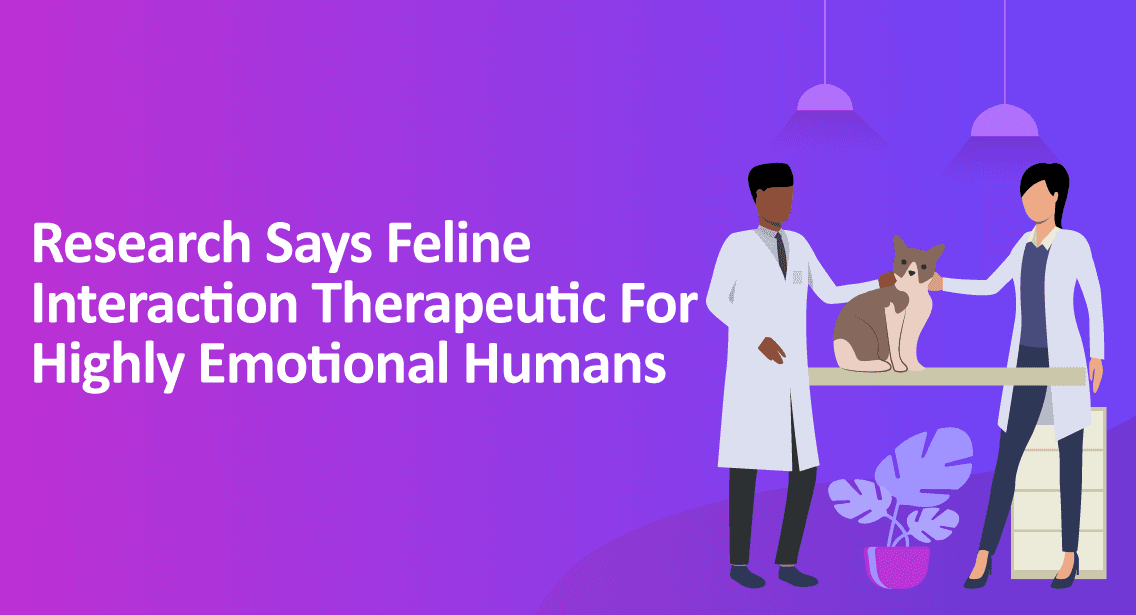Research Says Feline Interaction Therapeutic for Highly Emotional Humans
WSU’s new study endorses the therapeutic importance of feline interaction for highly emotional people.
According to WSU's (Washington State University) new research, cat interactions may be helpful, especially for people with strong and highly reactive emotions. More than 1,400 students and staff from over 20 colleges participated in a poll conducted by WSU researchers to gauge the interest in adding cats to animal therapy programs.
The results indicate several factors influencing a favorable reaction to a cat visitation program. Emotionality, a personality attribute, is one of the most crucial factors in shaping this preference.
According to WSU, emotionality is a psychological construct that is a component of the "Big Five personality traits.” It refers to a person's capacity for intense emotions and emotional reactivity.
Patricia Pendry, the study’s co-author and professor in the university’s department of human development, said, “Emotionality is a pretty stable trait—it doesn’t fluctuate and is a quite consistent feature of our personalities.”
She explained herself by saying that, through research, they came across individuals who scored higher on the scale and showed a noticeably greater interest in engaging with cats. These people would want cats to be part of animal therapy programs, as the study has suggested they may be more receptive to developing bonds with animals.
“Anecdotally, we’ve always been told cat people are different from dog people, and that most students are not interested in interacting with cats. Our results revealed students are interested in interacting with cats, and this interest may be driven by personality traits,” Dr. Pendry added.
According to WSU, dogs comprise more than 85% of animal therapy programs. It may be due to a number of factors, including the belief that cats are inappropriate therapy animals and the high availability of canines for therapy.
According to Professor Pendry, the new study suggests we can reach a wider audience by providing therapies incorporating both dogs and cats. In addition, people who score higher on the emotionality scale may be more inclined to engage in and gain from these interactions.
She concluded by saying that they are trying to find strategies to relieve stress for more individuals. Including cats in animal therapy certification is one of the potential strategies to appeal to more people.







